Below is a viewpoint from the Foresight Africa 2023 report, which explores top priorities for the region in the coming year. Read the full chapter on climate change.
 Climate change continues to cause devastation in Africa. The impacts of climate change in Africa are being further exacerbated by the impact of global shocks such as the COVID-19 pandemic, food and energy crisis, and the ongoing war in Ukraine. The financing needs to help Africa enhance its resilience and be better prepared for a rapidly changing climate are enormous.
Climate change continues to cause devastation in Africa. The impacts of climate change in Africa are being further exacerbated by the impact of global shocks such as the COVID-19 pandemic, food and energy crisis, and the ongoing war in Ukraine. The financing needs to help Africa enhance its resilience and be better prepared for a rapidly changing climate are enormous.
A recent analysis by the Climate Policy Initiative and the Global Center for Adaptation shows that an annual average of $29.5 billion in climate finance was committed to Africa in the years 2019 and 2020. Of this amount, about $11.4 billion, or 39 percent, was for adaptation investments. Further analysis of Nationally Determined Contributions (NDCs) also indicates that the adaptation finance needs for the continent over the period 2020-30 are close to $580 billion. Unless adaptation finance increases substantially in Africa, a gap of $453 billion will accumulate over this decade.
The largest sources of adaptation finance are multilateral development institutions (53 percent), African governments (23 percent), and bilateral agencies (16 percent). The private sector represents a very small fraction of adaptation finance (3 percent) and out of this nearly 90 percent was committed by institutional investors (foundations, insurance companies, asset management firms, pension funds, and endowments). More than half (53 percent) of the adaptation finance commitments to Africa were loans.
In order to increase the level of adaptation financing, it is important to see it, not as a sunk cost to reduce the impact of disasters. Rather, mainstreaming adaptation in economic sectors and selecting investments that enhance the resilience of communities and nations, can have high levels of economic benefit-to-cost ratios. The IMF projects growth in sub-Saharan Africa to slow sharply from the recovery path of 2021 when GDP grew 4.7 percent, down by one percentage point to 3.6 percent, and remain close to that level in 2023. The global economic slowdown, tight finances, and inflation are impacting the region in areas such as food and energy prices. Public debt and local inflation are at very high levels. The IMF recommends tackling urgent socioeconomic crises while trying to build resilience to future shocks, including climate shocks. The IMF also recognizes the critical importance of high-quality growth and policies to set the stage for a sustainable recovery.
Mainstreaming adaptation in economic sectors and selecting investments that enhance the resilience of communities and nations, can have high levels of economic benefit-to-cost ratios.
To understand the benefits of a sustainable recovery investment program that puts adaptation and resilience at its core, together with UNECA, we modeled for several African countries (Senegal, Cote D’Ivoire, Democratic Republic of Congo (DRC), Egypt, Kenya, and South Africa) and compared a traditional stimulus package versus a package centered around the most needed adaptation and development programs.
In every country, the economic returns and jobs generated are higher in an adaptationfocused stimulus package (see Figure 38 below). For example, our modelling shows that in Senegal, investment in adaptation initiatives could create over 200 percent more jobs within five years (600 percent within 20 years) and around 700 percent greater economic value in 20 years) relative to a traditional stimulus financial package focused on gold and phosphate mining and the extraction mining hub. The adaptationfocused package includes investments in natural capital (e.g., coastal protection, aquaculture, and reforestation), agriculture (e.g., resilient seeds and agroforestry), and water management (e.g., water demand management and flood mitigation).
Investments in adaptation to climate change are not to be seen as sunk costs but as an integral part of sustainable economic recovery packages with high benefit-to-cost ratios.
The Brookings Institution is committed to quality, independence, and impact.
We are supported by a diverse array of funders. In line with our values and policies, each Brookings publication represents the sole views of its author(s).

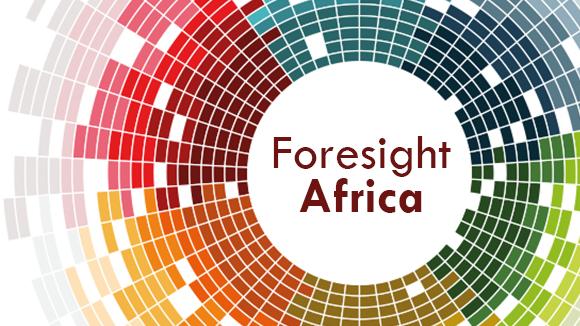
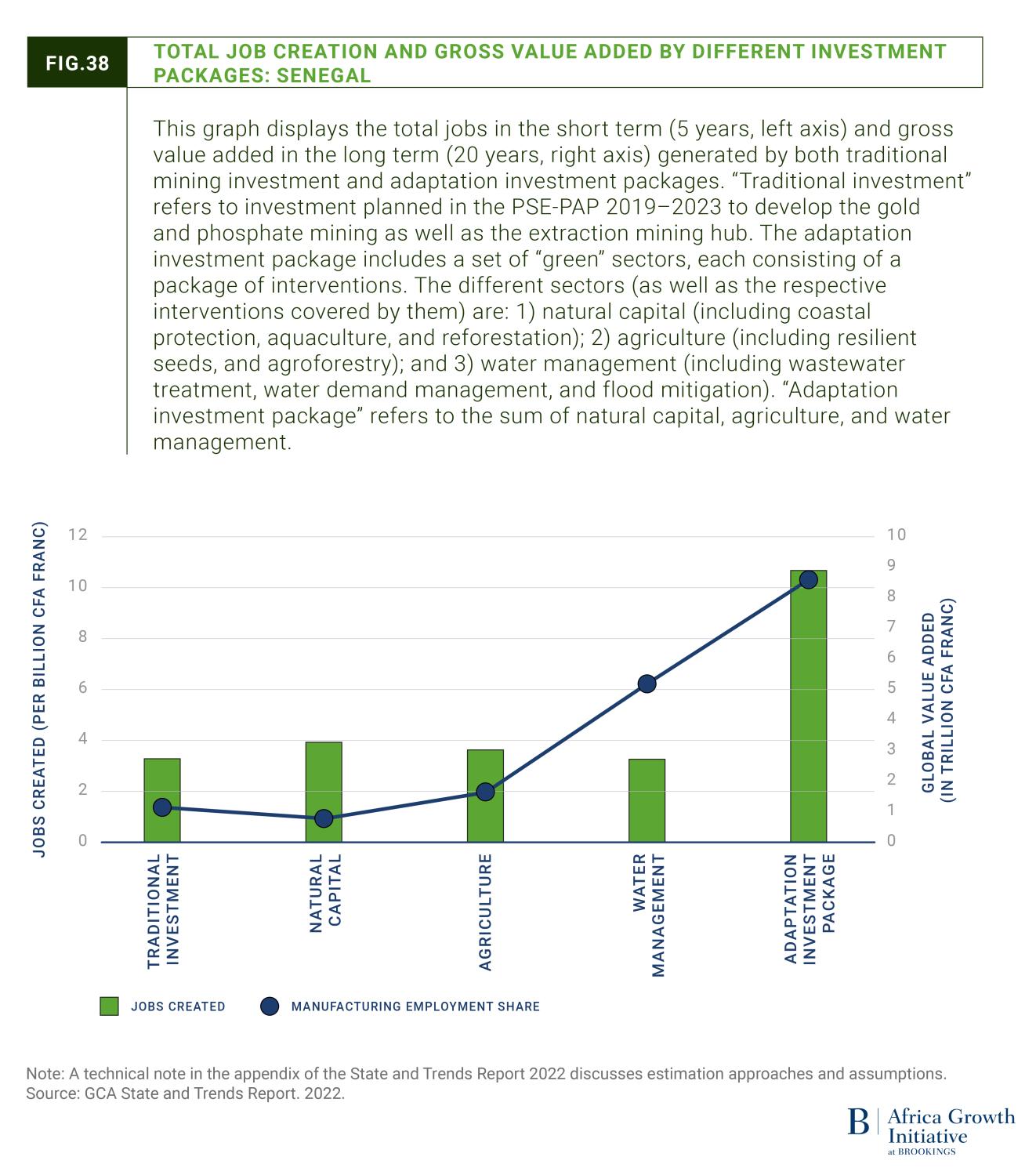


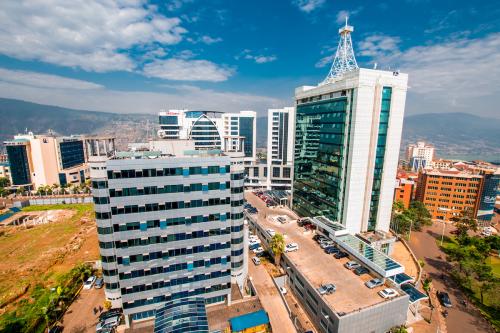
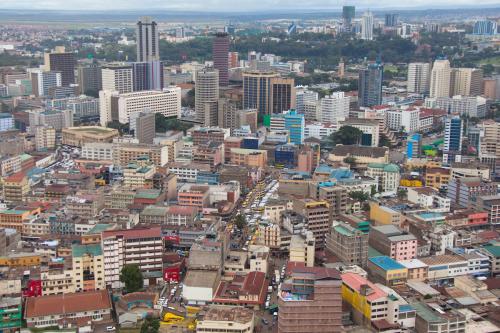
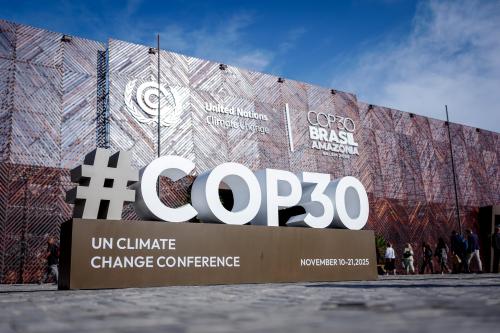

Commentary
Climate adaptation finance in Africa
August 18, 2023